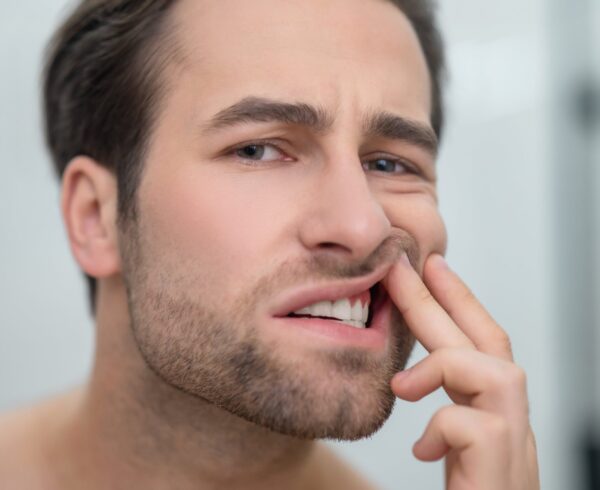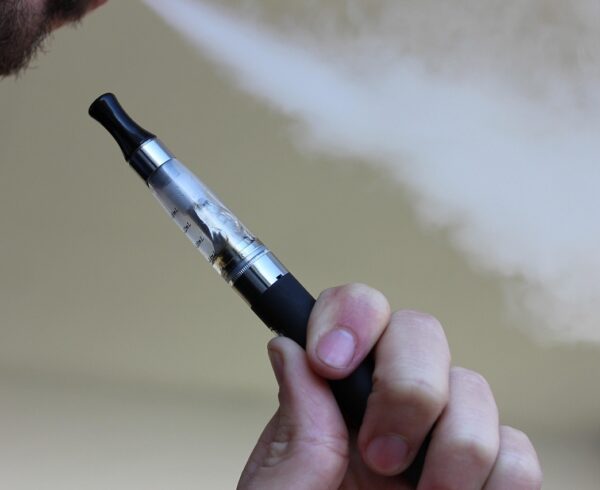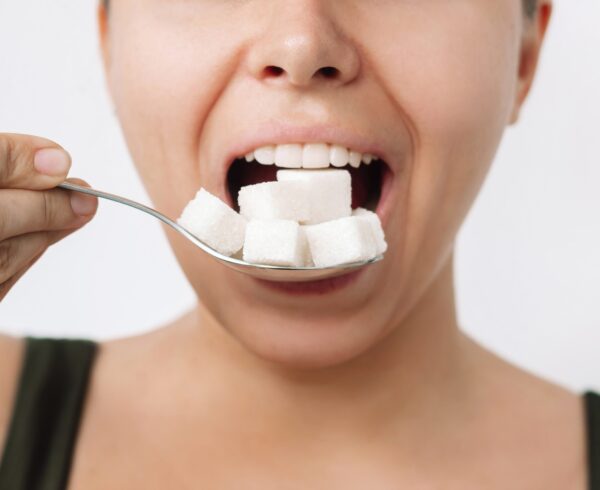Mouthwash is used to rinse your teeth, gums, and mouth. Adding it to your daily routine will not replace brushing or flossing, but it will add additional oral health advantages.
Mouthwashes are best known for freshening your breath, but there are many types of mouthwash. Those containing fluoride will help protect and strengthen your teeth. Others containing antiseptics will kill harmful bacteria that live between your teeth and on your tongue. Better yet, some mouthwashes provide a combination of these benefits.
If you’ve only recently begun using mouthwash, you may be unsure if you’re properly incorporating it into your oral care regimen.
The following are the basic instructions for most mouthwashes:
- Start with a clean mouth: I recommend you use mouthwash only once per day after you have brushed and flossed before bedtime.
- Use the right amount: Pour around 15 ml or around 3-4 teaspoons of mouthwash into a cup or provided cap.
- Rinse and spit: Rinse for at least 30 seconds before spitting it out and don’t swallow it. Mouthwashes containing fluoride and antiseptic ingredients shouldn’t be ingested in large amounts.
Often adult mouthwashes contain alcohol, so if you struggle with addiction please be aware of its ingredients before you buy.
If you have small children, look for a children’s mouthwash. Adult mouthwash is usually not recommended for children under 6 years of age.
If you have more questions about mouthwash or would like to make an appointment, contact a dentist in your area for general and preventive dentistry services. Schedule an appointment with your dentist for oral procedures like dental implants, teeth whitening, etc.








